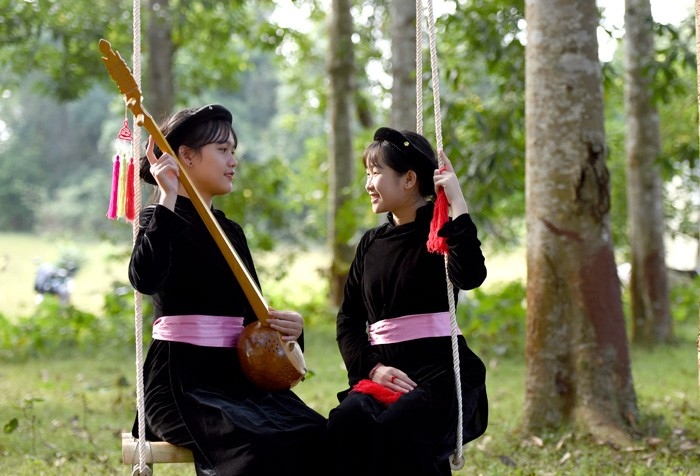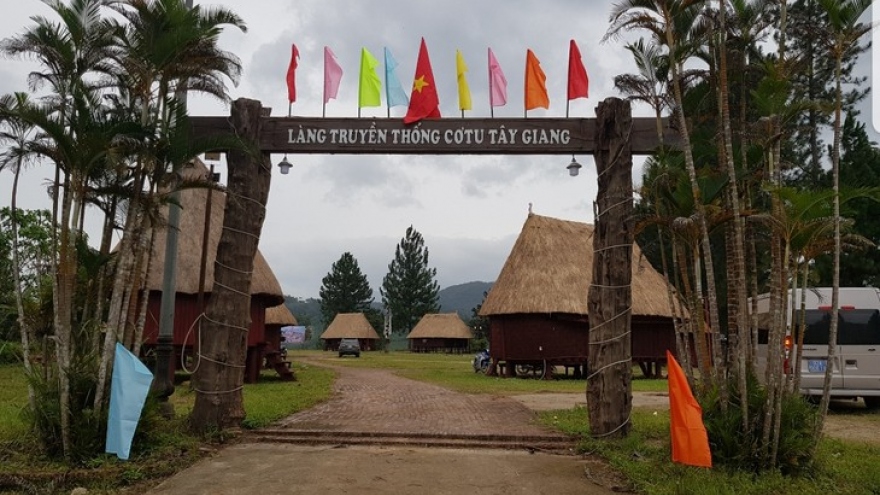Ket Tong, unique customs of the Tay
VOV.VN - The Tay ethnic minority people often live together in small hamlets in remote mountain areas. As they rarely meet new people, the Tay take all opportunities possible to broaden their friendship and social circle.

Sometimes two friends, who know each other and feel very congenial, may want to become twins for brotherhood.
The twinning ceremony is called Tong, which means “congeniality” or “similarity” in the Tay language. Tong relationship can be between two men or two women but can’t be between a man and a woman.
Tay people can twin with people of other groups, such as the Nung and Mong. There are various reasons for two people to make a Tong relationship. For example, they were born in the same year, have the same name, and share the same ambition, passion, and circumstances.
When two people engage in a Tong relationship, they attend the family events of the other. Even their family members, such as wife, children, and relatives, are ready to help the other friend’s family if required.
Loc Ninh Tan of Na Hang town, Tuyen Quang province, said that people respect Tong friends and their relationship. “The Tong ceremony is simple. Life has good times and hard times. Tong friends always stay side by side to share their joys and sorrows.”
Hoang Hung Chanh, Head of the Ethnicity Office of Na Hang district, said that after twinning, they consider the other’s parents, brothers, sisters, and relatives their own.
“We address the other’s grandparents, parents, and relatives as ours. Both families do similarly. We want to follow our ancestors’ customs,” Chanh said.
The most interesting thing about this relationship is that they don’t stand on ceremony, but treat each other informally and closely.
Chau Minh Vi, a Tay man in Tuyen Quang province, said that after the twinning ceremony, Tong friends often give the other a gift when they visit their house. The gifts have more spiritual than material value.
“When they meet each other, they give the other a package of spice, sugar, or candies. The gift represents their wish that their emotions will always be sweet.”
Loc Ninh Tan said that Tong friends always help each other and visit each other even when they don’t have any business. “They regularly visit each other, not just one to two times a year. They do that throughout their lives,” said Tan.
Tong friends teach their children about their twinning relationship so their children will behave well with their father’s friend. Loc Ninh Tan again: “I tell my family of my Tong friend and his family. My children and grandchildren will have to preserve the relationship.”
Even when one of the Tong friends dies, their children still maintain the relationship and take care of the other’s family affairs as if it was theirs.
Loc Ninh Tan said, “When a Tong friend dies, their relationship remains. My friend’s children call me father, and I consider the children of my Tong friend mine. The two families respect and treasure the Tong relationship.”


